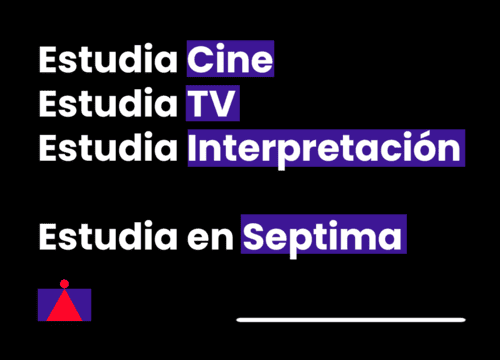Uno de los medios más habituales por los que los guionistas consiguen vender su historia es la realización de un pitch.
Sintetizando, un pitch es una muy breve reunión con las personas, productores audiovisuales en general, que pueden comprarte la historia y durante la cual defines las claves de la misma y aquello por lo que consideras que puede ser una obra audiovisual de éxito y la hace original.
Pero tan importante como saber qué debes hacer durante un pitch es saber lo que no debes hacer. Aprovechando la cercanía del American Film Market, durante el que se celebran multitud de estas reuniones para guionistas de todo tipo, con o sin experiencia, donde hacen sus pitchs, Stephanie Palmer reconocida bloguera y antigua ejecutiva de Hollywood nos ofrece a través de Indiewire 20 pautas que conviene evitar si queremos conseguir nuestro objetivo: vender nuestra historias para su producción.
«It happens more often than you might think—a writer with a promising project makes a mistake in the room and «breaks the deal.»
Although you may already avoid most of the mistakes I identify in this post, you may find one or two to be a wake-up call. So be honest with yourself. Is it possible that you sabotage yourself and break the deal in any of the following ways?
1. Sitting in the wrong seat
Obviously, if you’re in the decision-maker’s office, you wouldn’t sit behind the desk. But frequently, meetings are held in conference rooms or other places where the decision-maker’s chair isn’t immediately apparent. Thus, always let the decision-maker sit down first. And even if it seems obvious where you are supposed to sit, ask, «Where would you like me to sit?»
2. Not including everyone in the room
Especially in Hollywood, there are people in positions of power who are (or look) very young. If someone’s in the room with you, their opinion will be consulted.
3. Assuming they know who you are
The decision-maker may have forgotten why they ever made the appointment with you in the first place. Be ready to (re)introduce yourself at the beginning of the meeting.
4. Addressing the buyer too informally
Some people try to create instant friendships by calling the buyer by a first name or even a nickname. This is a risk not worth taking. Instead of forcing intimacy, err on the side of formality. Let the decision-maker suggest moving to a first-name basis.
5. Starting before the decision-maker is ready
Let the decision-maker finish phone calls, get papers arranged and otherwise get themselves together before you start your presentation.
6. Displaying anxiety
While it is understandable that you may feel nervous, for many decision-makers, obvious signs of anxiety are an immediate deal-breaker. After all, if you lack confidence, they can’t introduce you to their colleagues or their boss and say, «I vouch for this person.» So if you walk into the room with sweat beading on your brow, shake the decision-maker’s hand and your hand is wet and clammy with nervousness, and your throat is so dry that your voice cracks when you start to talk, you’re at a serious disadvantage…»
Leer el artículo entero en Indiewire





